New Or Used?: Safety First! Edition
I drive a 1999 Nissan Altima SE equipped with a manual transmission and ABS. The Altima has only 89K miles and is in excellent mechanical and cosmetic condition. I purchased it new and have followed a rigorous maintenance schedule. The car has excellent fuel economy, very good handling and braking and adequate acceleration. It is comfortable and has sufficient cargo capacity for me, my wife and infant son. I enjoy driving the Altima, and gladly would run it well over 100K miles, as I have done with each of my previous cars.
So what brings me into the market for another car? Newer autos have vastly improved passive safety features and crash test scores. While I place a premium on active safety, I cannot ignore the value of crashworthiness. Twice in the past few years, I have been hit by red light runners, barely evading serious injury. Most of my daily commute is on two lane secondary roads. Oncoming cars drift over the double yellow line and into my lane with alarming frequency. My Altima’s ability to turn on a dime will do little good when my choices are limited to slamming head-on into a minivan piloted by a cell-phone addled driver or wrapping myself around a telephone pole. Since it is impossible to upgrade my Altima’s crash safety, purchasing a car with modern safety features is the only alternative.
To illustrate, Hertz is dumping its fleet of 2008 Mazda 6s for about $12K apiece. The NHTSA rates the ’08 at 5 stars in frontal and 4 stars in side collisions. A 2010 Mazda 6 retails for just over $20K, but has 5 star ratings all around and comes equipped with stability control. Another example is the Ford Fusion. Stability control is standard on the 2010, I have not seen it on the used ’08 models. It also should be noted that the newest generation of my target cars have marginally better fuel economy and acceleration.
Complicating this decision is the promise of improved technology in the 2011-12 models. Turbocharging, direct injection and clean diesel will make its way into new cars in my price range. Perhaps the best choice is to pick up a used model at the low end of my price (and desirability) range, and start saving for the pruchase of a brand new one in a couple of years.
So, do I shop for a used car, or cough up the extra dough for a new one? My list of models to check out is below. I would appreciate your perspective
2007-10 Mazda 6
Sajeev Mehta replies: The laws of physics are clear: the bigger the (late-model) car, the better the safety features work to save yo’ bacon. Forget about NHTSA/IIHS’ brick wall crash test, that levels the playing field. You have no such luxury when a Tahoe crosses the double yellow line. So the 2009 (buffalo-butt) Mazda 6 is safer than the fabulously fit outgoing model. Then there is active handling: great for a daily commute, fun sucking performance attributes aside. But it’s no replacement for high quality replacement tires, performance brake pads and a sorted suspension working at 100% efficiency. Tires are the most important safety feature on your car. Still.
New or Used? Since safety and long term value are crucial, new cars don’t make me giggle. The Ford Five Hundred/Mercury Montego is the go-to vehicle on that list. These Volvo-Ford twins are huge but efficient (highway gearing, anyone?), have unassailable safety ratings, depreciate like an Audi, excellent reliability, cheap to maintain and (unlike that pansy Taurus/Sable replacement) are well-versed in corner carving. Get one with leather for 8-10 grand, install new tires/pads/shocks and enjoy life on the American motorway. Because you’ll be the King Of The Road, for a modest cash outlay after selling the Altima on Craigslist.
Steve Lang replies: Sajeev is half right with his cup full of advice. Unfortunately I think your decision apparatus is just about bone dry and covered up with leeches. You’re using fear to make a decision and that’s always a stupid thing to do.
We have two kids, a nine year old and a six year old. My wife has access to two cars for our two kids. The first is the Barnacle Bitch, a 2002 Mercedes S500. The second is a 2003 Honda Civic hybrid. You know which one she always drives?
The Civic. A compact car (like the Altima) is a perfectly safe vehicle for 95+% of the car crashes that typically take place. You have a massive amount of steel that will have to be hit with the force of a thousand jackhammers before the crumple zone would approach your child (congrats by the way!) Glass you can’t avoid. But the only cars I’ve seen at the salvage auctions that have been smashed enough to intrude the middle of the car involved rollovers, telephone poles and Mack trucks.
If you’re really concerned about safety… invest. Use the best tires and brakes. Look at alternative routes that keep you away from the idiots out there if you must. But the real safety concern involves the cranial capacity between your two ears. Defensive driving is what has literally saved my bacon, eggs, and my beloved 1st gen Honda Insight a few times. If you learn to cruise, coast, and look further ahead when doing your driving, you’ll avoid a lot of the road dangers. Try to inflate your MPGs and deflate the fear factor that leads to a five figure divestment in the future.
More by Sajeev Mehta and Steve Lang
Latest Car Reviews
Read moreLatest Product Reviews
Read moreRecent Comments
- Chelsea I actually used to work for this guy
- SaulTigh Saw my first Cybertruck last weekend. Looked like a kit car...not an even panel to be seen.
- GregLocock Bear in mind this is purely a branding exercise and has no significant input from AM. Buying one of these is like buying a Pink Floyd T shirt, no Dave and Nick didn't personally sew it up for you.
- Lou_BC This is the sort of thing that lands 15 billion dollar Honda investments in Canada. One political party tries to undo everything the other one has done.
- Ajla "Mr Musk needs to go" "should not be CEO anymore."It isn't exactly easy getting rid of someone that owns 20.5% of the company (likely 25% by year's end), is one of the wealthiest people on Earth and has a giant media presence. Elon's only stepping down if he or God makes the decision.
















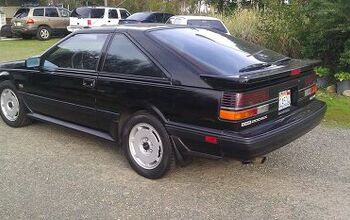
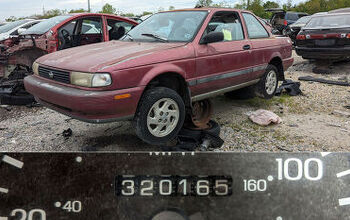

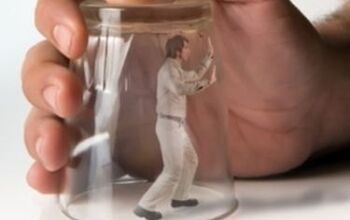
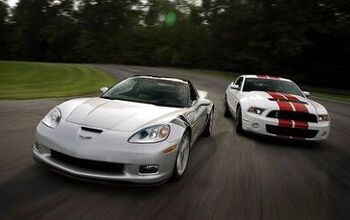
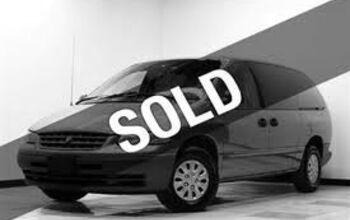
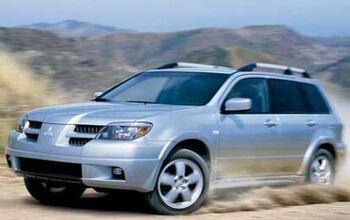
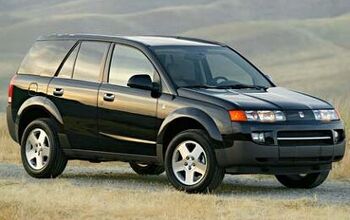

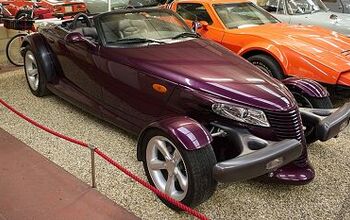
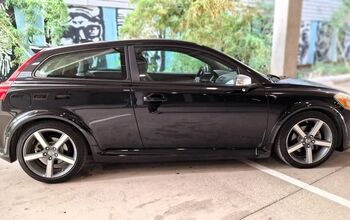
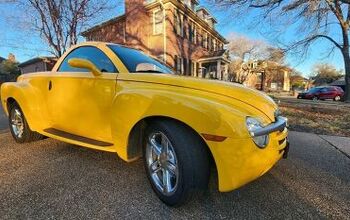
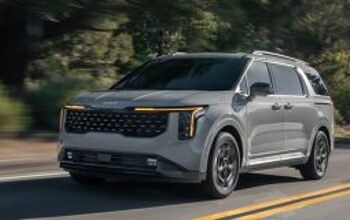

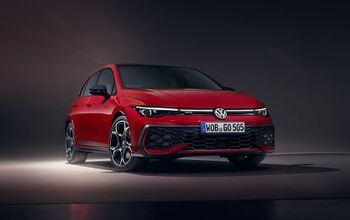
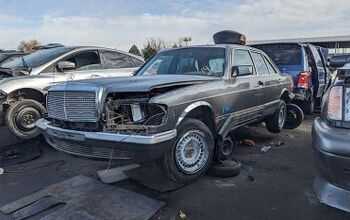
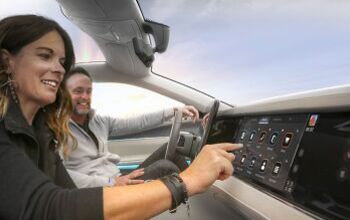
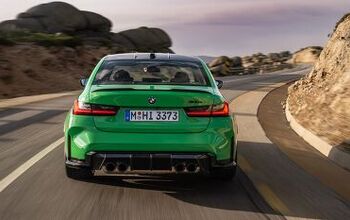
Comments
Join the conversation
Why have you credited a copyrighted Australasian New Car Assessment Program (ANCAP) photo to Automotive Holding Group (NSW) who are a private motor vehicle retailer/logistic company with no connection whatsoever to ANCAP?
If you were that worried about safety ten years ago, you'd have bought a Grand Marquis. If you're that worried about safety now, you'd go buy a Grand Marquis. See where I am going with this?